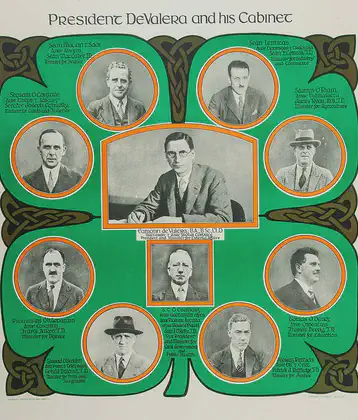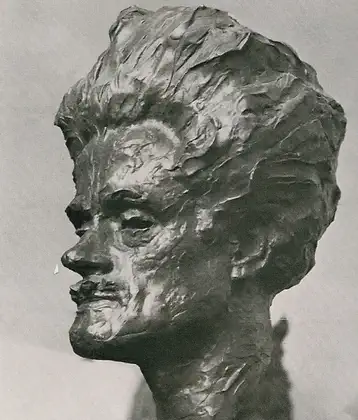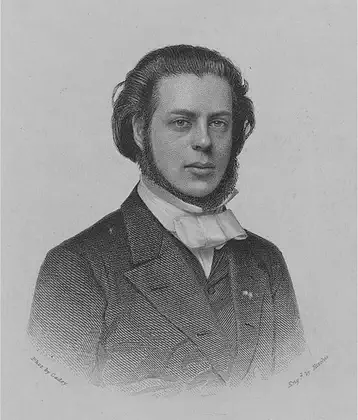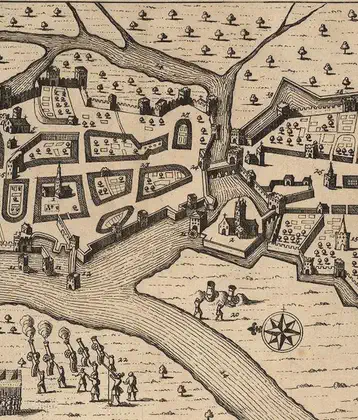On August 11, 1927 in Celtic History
The electricity supply board ( esb) is established to control the shannon hydro electric scheme and take over all existing projects for the electrification of ireland

The Electricity Supply Board (ESB) was established in 1927 by the Irish government to oversee the development and management of electricity supply in Ireland. The creation of the ESB marked a significant milestone in the modernization of Ireland’s infrastructure and economy, particularly through its control of the Shannon hydro-electric scheme, which was one of the most ambitious engineering projects in the country at the time.
Background
The Need for Electrification: In the early 20th century, Ireland’s infrastructure was underdeveloped, and the country lacked a comprehensive electricity supply network. Electrification was seen as essential for economic development, modernization, and improving the quality of life across Ireland. Before the ESB, electricity supply was limited and provided by a patchwork of small, private, and municipal suppliers, leading to inconsistent coverage and quality.
Shannon Hydro-Electric Scheme: The Shannon Scheme was the brainchild of Dr. Thomas McLaughlin, an Irish engineer who, after working with Siemens in Germany, proposed harnessing the River Shannon to generate electricity. The project aimed to create a large-scale hydro-electric power station at Ardnacrusha, near Limerick, which would provide electricity for the entire country. The scheme was approved by the government in 1925, and construction began shortly afterward, involving significant foreign expertise, particularly from Siemens.
Establishment of the ESB
ESB’s Formation: The Electricity Supply Board was established by the Electricity (Supply) Act 1927, passed by the Oireachtas (Irish Parliament). The ESB was created as a state-owned corporation with the responsibility of managing and expanding the national electricity grid, overseeing the Shannon Scheme, and gradually taking over and standardizing all existing electricity generation and distribution projects across Ireland.
Responsibilities: The ESB was tasked with several key functions, including:
- Operating and maintaining the Shannon hydro-electric power station.
- Developing a national electricity distribution network.
- Regulating and integrating the existing small and municipal electricity providers into a coherent national system.
- Expanding electrification to rural and underserved areas.
Impact and Legacy
Electrification of Ireland: The ESB played a crucial role in the electrification of Ireland. The Shannon Scheme and the establishment of a national grid enabled the widespread availability of electricity, transforming both urban and rural life. Over the following decades, the ESB expanded its infrastructure, bringing electricity to even the most remote parts of Ireland.
Economic and Social Transformation: The widespread availability of electricity facilitated industrial growth, improved living standards, and supported modernization in agriculture, industry, and domestic life. The ESB’s efforts contributed significantly to Ireland’s economic development in the 20th century.
Continued Role: The ESB remains a major player in Ireland’s energy sector today, involved in electricity generation, transmission, distribution, and supply. It has also expanded its operations into renewable energy and continues to play a critical role in the country’s energy strategy.
The establishment of the Electricity Supply Board (ESB) in 1927 was a pivotal moment in Ireland’s history, leading to the successful implementation of the Shannon hydro-electric scheme and the transformation of Ireland’s energy landscape. The ESB’s work laid the foundation for the modernization of Ireland, supporting economic growth and improving the quality of life for generations of Irish people.
More From This Day


Dan Breen, nationalist revolutionary and politician, is born near Soloheadbeg, Co. Tipperary
August 11, 1894

Author and poet C M Grieve (Hugh MacDiarmid) born at Langholm, Dumfriesshire.
August 11, 1892



Latin Mass prohibited in Scotland by Parliament as Protestant faith gained the ascendancy.
August 11, 1560

Battle of Dalry, Robert I, attacked and defeated John MacDougall of Lorne, kinsman of John Comyn.
August 11, 1306